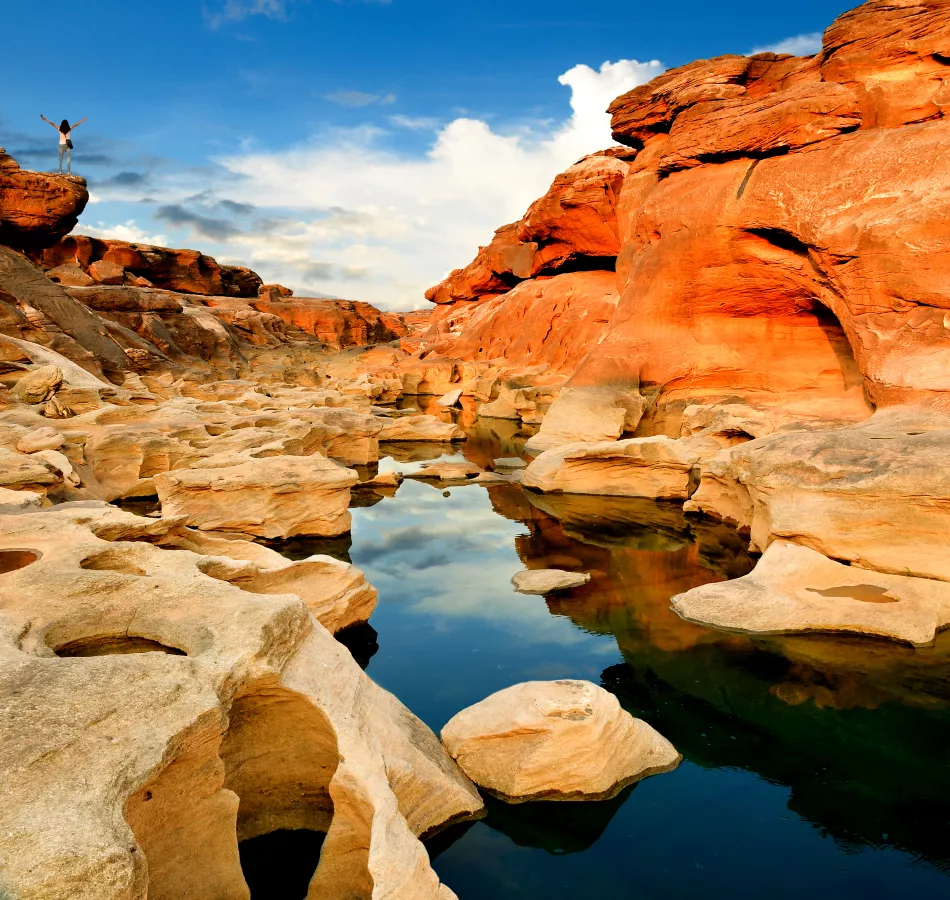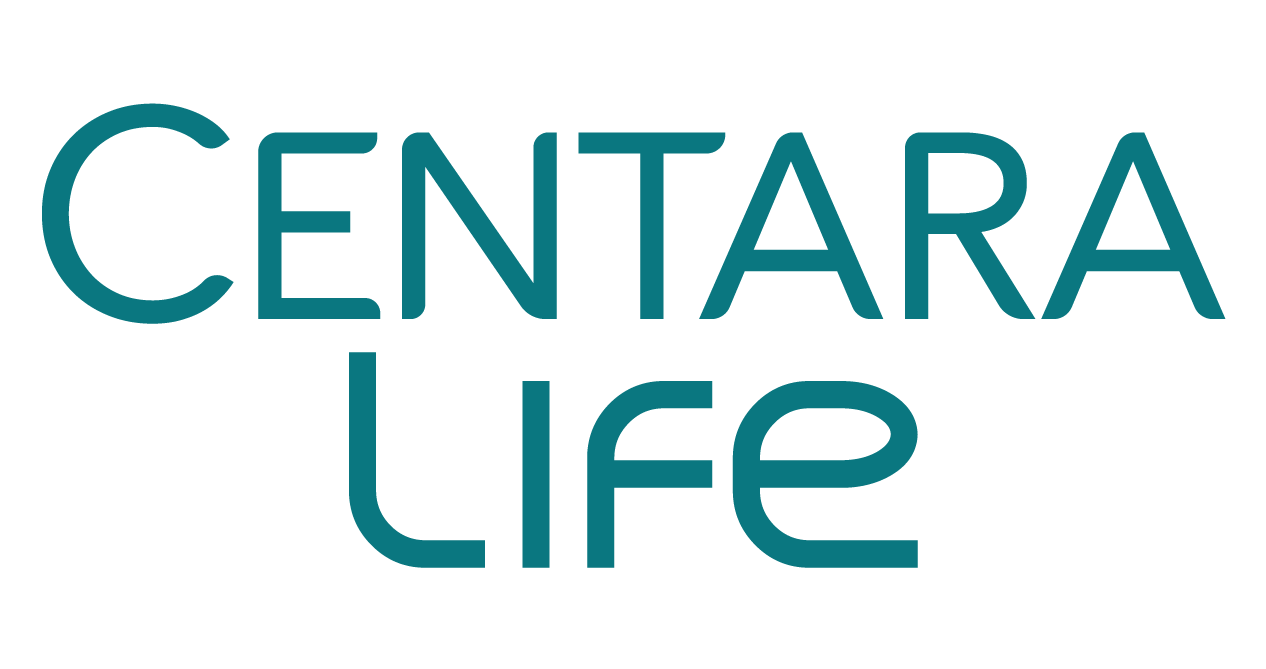A Cross-Border Trip to Cambodia
No visit to Thailand is complete without a side trip to Cambodia – the land where Thai culture began. The Khmer Empire stretched from Angkor, at present-day Siem Reap, across northeastern Thailand, and much of Thailand’s cultural heritage stems from that glorious period. A visit to Cambodia is an opportunity to experience this historical period through a trip to the incredible temple complex of Angkor Wat, as well as a chance to learn the tragic story of modern Cambodia by taking in the capital, Phnom Penh, on your travels.
To make the most of a trip to Cambodia, our recommendation is to travel into Siem Reap, and return from Phnom Penh, or vice-versa, since each represents an unmissable component of any visit.
Before you travel, however, be aware that you will probably need a visa to enter Cambodia. You can obtain one online, for a price of USD 36 as of December 2019, but the only advantage to doing so is that you can avoid any queues at the border for visa on arrival, which is slightly cheaper. Also note that while the Cambodian currency is the riel, you can’t obtain or exchange it outside the country for a reasonable rate. Instead, you should take US dollars or Thai baht, which can easily be exchanged for riel, or in the case of US dollars, can usually be spent directly.
Siem Reap
Siem Reap should be your first stop, in order to witness the magnificence of the Angkor temples. You can buy a one-day ticket granting access to most of the main temples, or alternatively a three-day pass if you want more time to explore. If your time is limited to a single day, you may simply wish to ensure that you see the highlights at the cost of missing out on many of the smaller or more obscure temples. Those highlights should include Angkor Wat itself, followed by the Bayon, famous for its carved stone faces, the Elephant Terrace, and Ta Phrom, which is also known as the jungle temple because of the trees that seem almost to be eating the temple as they grow.
Today there is far more to Siem Reap than used to be the case. As Cambodia emerged from crisis and began to open up to the outside world in the late 1990s, Siem Reap was little more than a village, but tourism has driven its growth since then, and you will now find a wide range of restaurants and entertainment venues.
Remarkable Dogs
One interesting stop you should consider is the home of the Explosive Detection Dogs close to the airport. The dogs are part of a scheme that is fully supported by a Norwegian charity that trains the animals and their handlers to detect and clear mines. Cambodia has large tracts of land that are contaminated by unexploded ordnance that dates back to the Vietnam War era, and the conflicts in Cambodia involving the Khmer Rouge. As a consequence, much of the country’s farmland cannot safely be used until it has been cleared and verified as free of explosives. The role of the dogs is to find those explosives so that their position can be marked, and the ordnance subsequently removed.
A demonstration is provided every day, at which you can watch the dogs in action and learn how they are trained. You can also see just how adept they are at finding the tiniest of traces of explosives when hidden within a large search area. They truly would be capable of finding needles in haystacks provided the needles bore the scent they are trained to detect. Of course, the small fee paid for your visit also goes to fund further training for dogs and personnel, who go on to work not only in Cambodia, but all over the world in regions that have experienced conflict.
Tonle Sap
The last place you will want to see in Siem Reap is the Tonle Sap lake. This remarkable body of water is the largest freshwater lake in Southeast Asia, as is notable for the way its flow reverses during the year. In the dry season, the water runs out of the lake into the Tonle Sap river, and hence into the Mekong and out to sea. In the rainy season, however, the Mekong rises and pushes the water back up the Tonle Sap river, swelling the lake enormously. The water level can rise by eight metres or more, and the lake area increases fivefold. This allows the fish to graze in the submerged trees, creating a unique ecosystem that in turn feeds the population of Cambodia. Tours of the Tonle Sap will allow you to see the submerged forests, and the floating villages that move over several kilometres as the lake advances and recedes.
Phnom Penh
Cambodia’s capital is a short flight or a longer bus journey from Siem Reap. In recent years it has undergone significant development, and many parts are now very pleasant, such as the riverside promenade which is a major attraction around dusk when the locals come out to stroll and dine. Here you will also find the Silver Pagoda and Royal Palace.
Darker attractions in the city are linked to the Khmer Rouge era. Pol Pot’s reign of tyranny began in 1975, and ran its murderous course until the Vietnamese invasion of 1979. If you choose to visit the notorious S21 Tuol Sleng prison – a former school – you will see what the Vietnamese liberators found when they arrived to take Phnom Penh. The horrors of that period are detailed at the prison, which now serves as a museum and memorial without having changed substantially from that terrible time.
Most visitors will go from Tuol Sleng directly to the city outskirts and the Cheung Ek killing fields, where so many of the prisoners were taken on their final journeys, before execution in all manner of simplistically brutal ways. It is now more than 40 years since Cambodia was trapped in the grip of evil, and today it is, thankfully, becoming easier to forget as the country develops and moves forward. It seems almost impossible to believe that such gentle and welcoming people could be the protagonists in such a terrible history, but the lessons in Phnom Penh serve as a clear warning that the unthinkable is not the impossible.











Share :-
-
-